
Developer: Madmind Studio
Publisher: Madmind Studio
Platform: PC, PS4, Xbox One
Tested on: PS4
Agony – Review
Agony is a highly anticipated indie horror game, funded through Kickstarter and famous for the visual gore and mature content it promised. The game has mature rating, and has even been turned down a bit in order to achieve this rating instead of Adults Only. Still, the gory design of hell is exquisite, and the promised demonic boobies are actually there. However, the game got quite low ratings upon release, and the actual gameplay is most likely to blame for this. Agony has been developed and published by Madmind Studio.
Story
The game starts with a short cutscene where you are cast into hell and are falling. Your character seems to be more sentient than the many other martyrs you encounter in hell, and you have a special power: after death, you’ll be able to search for another body, and possess it. You quickly learn hell is ruled by the Red Goddess, and she can grant you power, your memories, or even let you escape hell, so you’ll follow the lead of the story and try to find her. Every now and then you hear her voice and she addresses you, saying you are special and growing in power, and beckons for you to find and to pursue her. Along the way you’ll encounter a powerful succubus who seems to be the right hand of the Goddess. She seems to dislike you at first, but since the Goddess had chosen you, she trusts the Goddess’ vision and sends you along the way to find the Red Goddess yourself.
As you play Agony, very little is explained about the story and the context of your character. You seem to want to find the Red Goddess, but as a player you have no idea why. To get out of hell? Why would she do that? As you play, you’ll encounter NPCs speaking your name: first you’ll be named Amraphel by an NPC, and then the Red Goddess will call you Nimrod later on. If you google a bit, you’ll see these characters are from the bible, just like the name Onoskelis and many of the names the Red Goddess is called throughout the game. The game mainly references the book of Revelation, the story about king Nimrod, the tower of Babylon, the whore of Babylon (the Red Goddess) and the start of the apocalypse. The Red Goddess is also called by several other goddesses’ names from mythology and different religions, like Ishtar and Inanna, a Sumerian (and Babylonian) goddess of love, fertility, war and justice. The Goddess is also depicted as the pagan Mother Goddess, and as an Egyptian goddess.
Most of the story is being told via notes and letters you can find strewn around in hell, and some of the story is revealed by talking to the NPCs walking around. Most NPCs you can’t talk to (they are just muttering), but some can talk when prompted. It’s easy to miss notes and letters, since the game is a real maze with many small ways you’ll have to squeeze your way through. In the notes and letters you’ll mostly find snippets of the story of the character you seem to play, but also some intriguing stories from other characters stuck in hell. Via notes and dialogue you’ll sometimes hear rumors of strange shadowy creatures lurking in hell, and there’s also mention of angels being imprisoned in hell. Most of these sub-stories are likely unveiled by the multiple endings you can unlock through gameplay, but since the main storyline is rather vague throughout the game, it’s pretty hard to find out more about the other story elements you’ll find in the notes, and things like what the role of Satan is in this whole story.
Graphics
The world design of this game is awesome. What starts out as a kind of cliché hellscape with stony caves and hallways, blood, flesh and bones, later turns into a cool Hieronymus Bosch style twisted marshland outdoor environment, and later into an icy desolate wasteland with lakes of blood, and grotesque waterfalls of blood with screaming faces and bodies to the side. There’s not much fire around, but the depiction of hell is really creative and beautiful.
However, there were many issues with the graphics as well. As you get around, you’ll quickly notice that Agony’s graphics are VERY dark. To see anything most of the time and not walk into objects you can’t see, it is sort of necessary to adjust the gamma until your screen turns almost grey. The NPC models look rather outdated. Strangely, on the PS4 most objects are EXTREMELY shiny and often look like cheap plastic. We also noticed many graphical glitches, showing all kinds of white sparkles on the screen when looking at dark surfaces.
Sound
The hellish soundscape works really well, you’ll often hear screaming and many fitting environmental sounds. NPC mutterings are usually short and repeated often, but that would fit the state of madness most NPCs are in. The voice-acting is good, albeit a bit over-the-top. The red goddess is often addressing your character, sounding rather cliché seductive. A succubus you’ll often encounter has a cool raw voice, which some people may dislike, but it’s a cool touch for a sexy looking demonic character.
Gameplay
Agony is a survival horror game, set in hell. You are constantly lost in a grotesque hellscape made of blood, flesh and bones, searching for items to place on other items to continue your way through hell in search of the Red Goddess.
It’s easy to get lost in the maze of corridors, so you can have a look around at the scenery. Hell looks very detailed and gruesome: caves with flesh and bone and dripping blood, with corpses littered around and some crazed martyrs walking around aimlessly. Even gravity is warped in this place: sometimes you’ll have to walk over a fleshy bridge-like structure which will take you in loops to new areas. Many areas will be extremely dark, causing you to walk into objects and not being able to find your way, if you don’t adjust your display settings. Luckily, every now and then there are some fires placed around, and some you can use to get a torch. These torches can also be used to burn obstacles or distract demons.
You’ll need to hide from patrolling demons every now and then. You have to hide in a small space and hold your breath so demons can’t hear you. Demons don’t spot you easily, and you’ll be able to distract them by throwing a torch. Outrunning demons is pretty easy as well as they quickly lose track of you. Sometimes it’s even possible to push enemies off a ledge and into an abyss to get rid of them, but usually they’ll return quickly, even angrier than before! You’ll be alerted of the presence of demons by footsteps and your heartbeat getting louder, and a glow-effect on your screen. At the beginning there are many hiding spots, but later in the game they seem very sparse, so outrunning will be the better option.
It you run into a demon and they spot you, you’ll almost certainly be killed. However, death is not the end. If your body dies you’ll transform into a ghost with which you can possess other bodies. However, you have only a short time to do this: you’ll need to find a new body and perform a short possession ritual quickly. If you fail to do this in time, you’ll revive at the last checkpoint where you’ve saved before. Don’t fail too often, because you’ll only be able to use any checkpoint three times. If you’ve failed to possess anything and get revived at a checkpoint, you’ll notice that some of the puzzles you’ve solved after activating the checkpoint have been solved already, but objects you’ve found are back at their original place. It seems like the checkpoints do remember some progress after activating them, but only partly, which is confusing.
Possession isn’t easy, even if you manage to find a body in time. It’ll most likely take you a few tries before you’ll get the hang of it. Some of the bodies you can possess wear a sack over their heads you’ll need to remove before you can possess them. The game doesn’t inform you of this, you have to find this out by trial and error (just trying to interact and then discovering you can remove the sack). Later in the game you’ll also be able to possess demons for a short amount of time. As a demon you’ll be able to break down fragile structures like cracked doors or brittle fences, but you won’t be able to collect anything or interact with most objects. You will be able to kill lesser creatures and you’ll move around faster and sometimes even jump long distances or even fly. At some points clearly marked in the game you’ll be able to leave a body at will, to switch to another body which is in a more convenient position.
You won’t get much direction about what to do to proceed in any given area. Sometimes you’re just lost with no idea where to go, and sometimes you’ll encounter closed doors and have no idea whether you can open them and how you should open them. After a bit of playtime you’ll discover several puzzle systems which return often: collecting body parts (usually skulls or hearts) and place them somewhere, examine a painting to reveal the way on the painting and also in the world around you, or draw a sigil in blood on top of another sigil. These sigils you’ll first need to find to be able to draw them, and the shape usually isn’t evident from the sigil you’re drawing on. Oftentimes you’ll find multiple sigils, and you can only find out which is the right one by trial and error.
At some locations it’s evident what you need to do, but very often you’ll have no clue what is required of you, and you’ll just go exploring around and hope you’ll run into something that’s helpful. When you don’t take an action where an action was needed because you have no idea what to do, the game sometimes informs you with a short text when teleporting you back to where you needed to be.
Sometimes you can talk to NPCs to discover clues on how to solve puzzles (and how to avoid being snagged by demons), and you’ll get a few hints by reading notes and letters you’ll find scattered around at many places. There’s also a ‘hint’ system in the game which you can use sparingly, and this shows you the way to your next objective by creating floating neon lines in the air you can follow. While this hint system doesn’t show you the solution of a puzzle, it is still handy to know which way you’ll need to go. However, it seems to be a bit buggy at times, sometimes ending up in walls or floors. Later in the game there’s also a demonic voice directing and guiding you, and telling you what your next objective is.
There are a lot of secrets to discover, like statues, paintings, letters, notes and secret rooms. You can collect goddess statues which will unlock some pictures in a gallery in the main menu of the game including things like concept art. In the main menu you’ll also be able to read back all notes and letters you’ve collected, and see how many you are still missing. In the game you’ll often find skulls, heads, limbs too, usually without any indication of what to do with them. However, sometimes you’ll be able to place them on the remains of a corpse hanging somewhere, but it’s difficult to get a complete set and the purpose is vague, possibly to reveal secret chambers.
If you complete the game, another game mode will be available to you: Succubus mode. It’s cool to walk around as a succubus, but the gameplay doesn’t change much from the normal game: the path you’ll take through the game is similar, but the story is a bit different.
Some of the issues with the gameplay change if you play on easy mode (or custom): you’ll get unlimited hints, easy possessions, and a helpful HUD.
Conclusion
Agony is a great concept and the design of hell is pretty awesome in itself, but sadly, the gameplay isn’t all that interesting. The story might be intriguing for people who like to see the characters and stories from the bible represented in a game, but the story is quite hard to follow for people not knowing much of the bible and mythology. The use of gore and lewdness is obvious, but never really over the top for the setting, possibly due to the changes made to the game to still have an M rating.
Agony - Review,
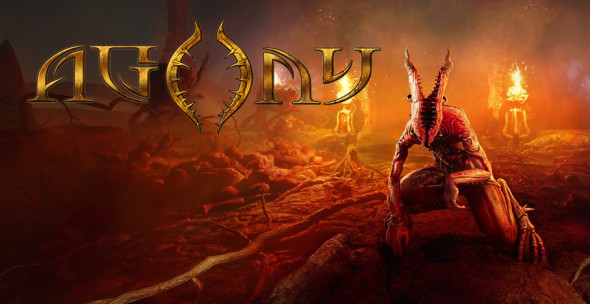
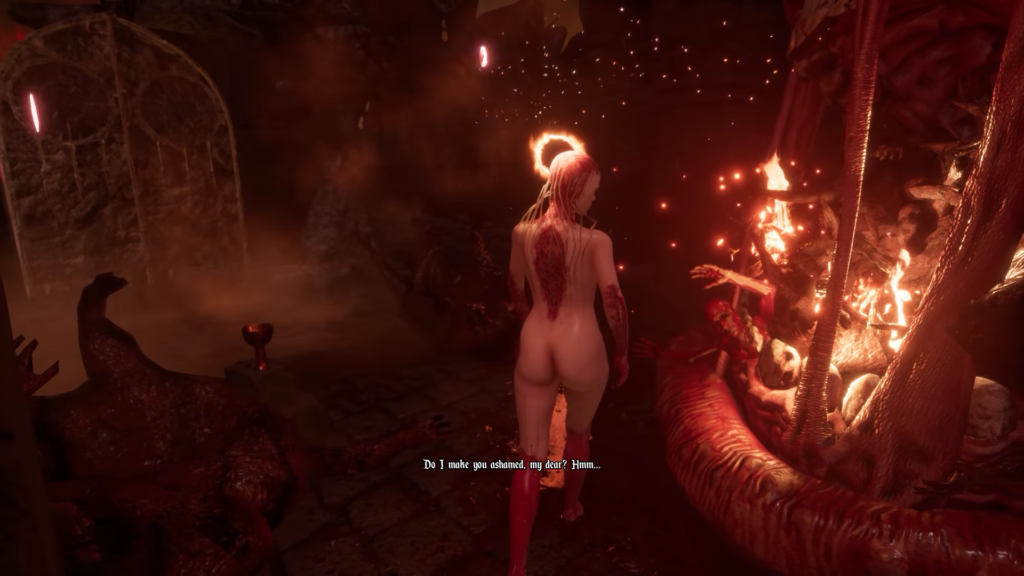
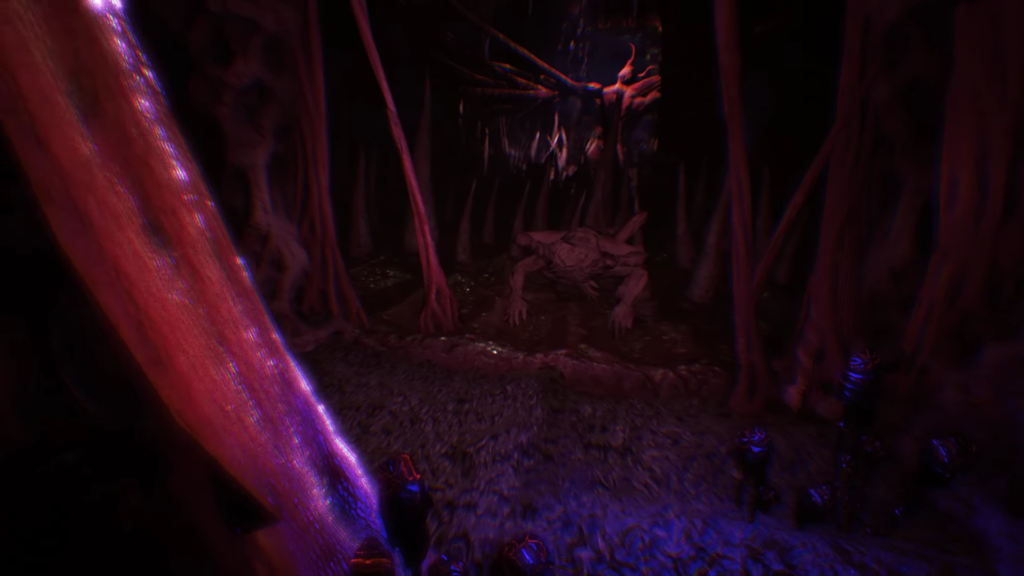
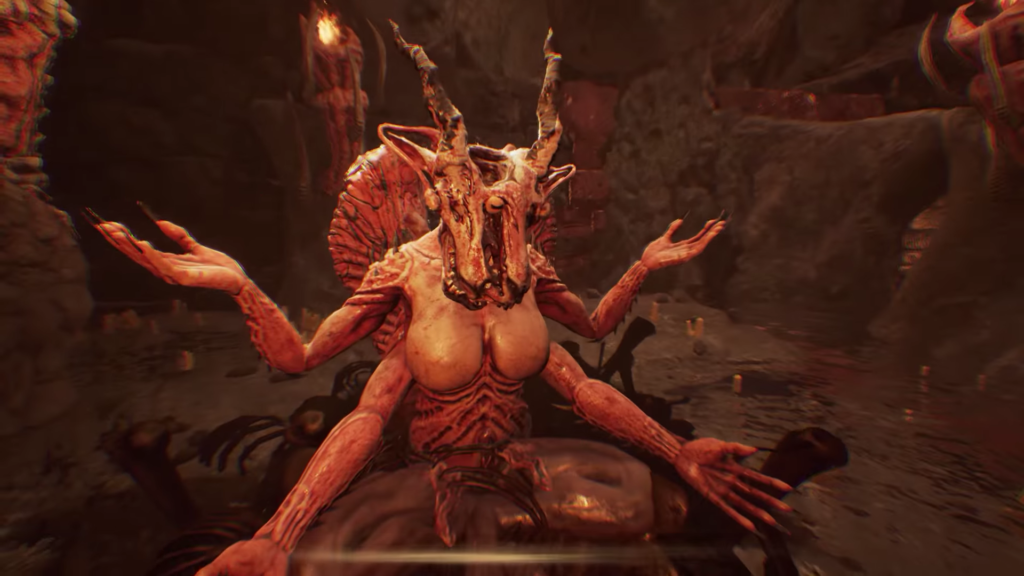
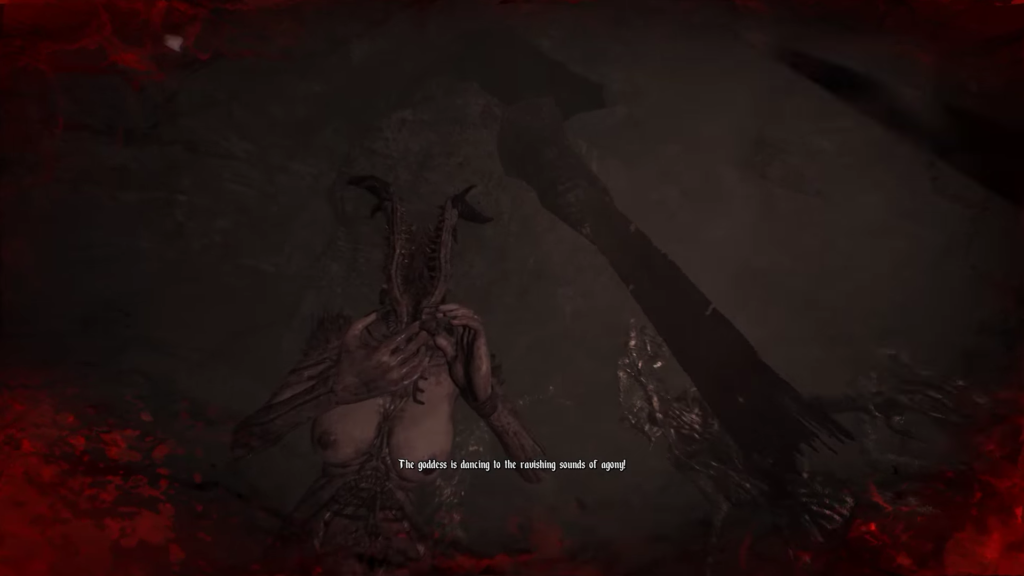
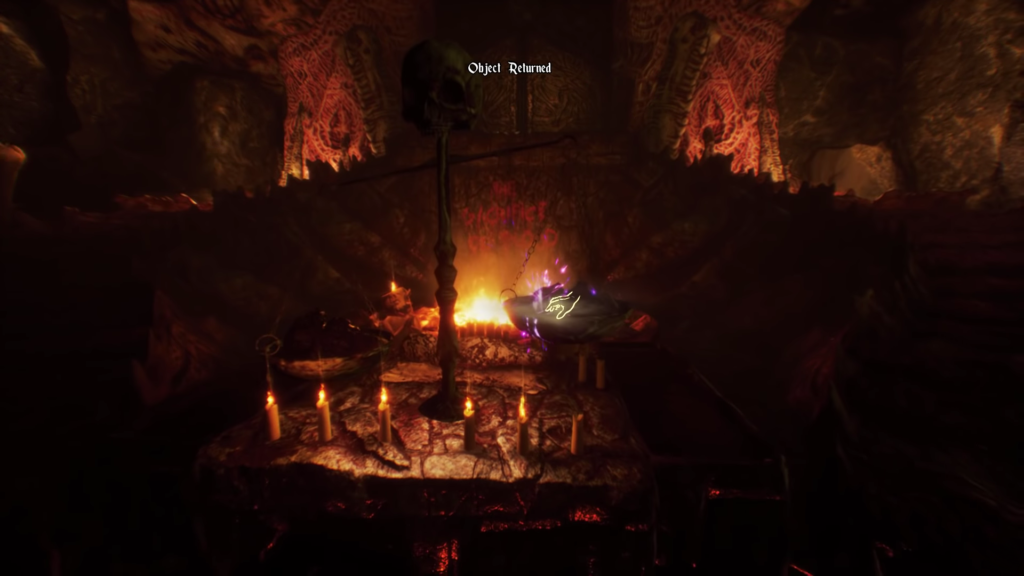
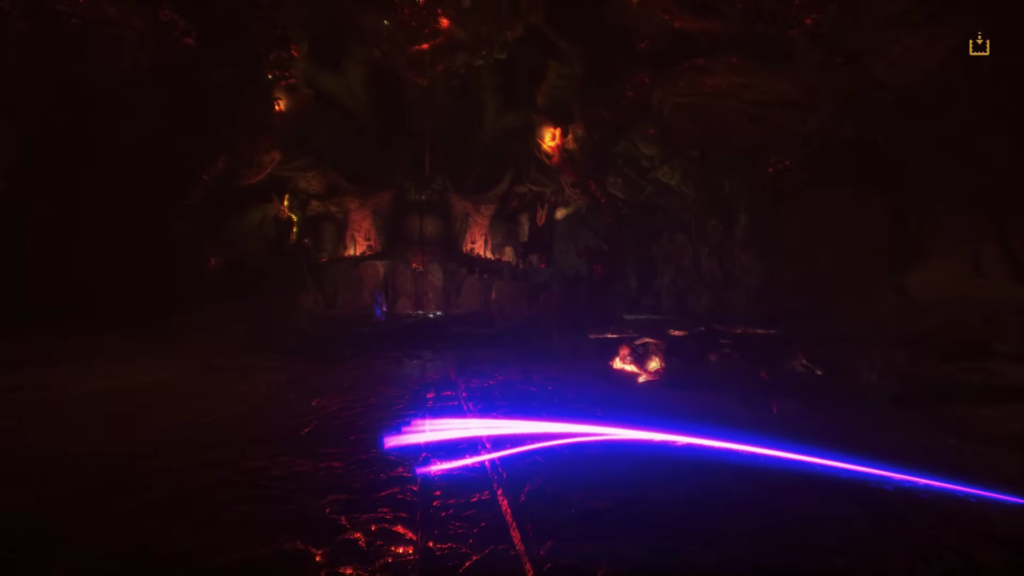
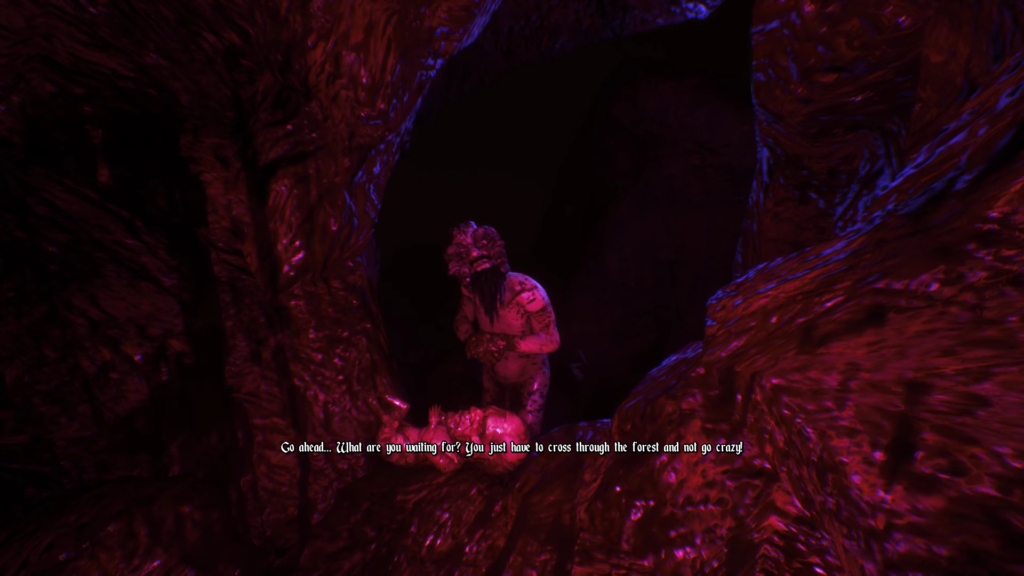




No Comments